
Question and Answers Forum
Question Number 113796 by aurpeyz last updated on 15/Sep/20
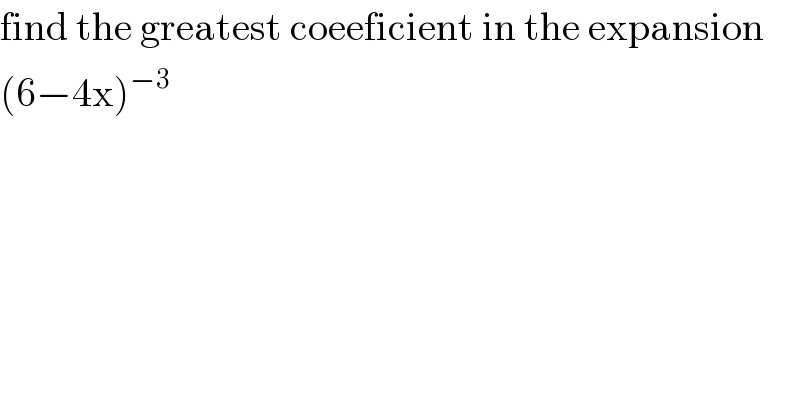
Answered by mr W last updated on 15/Sep/20
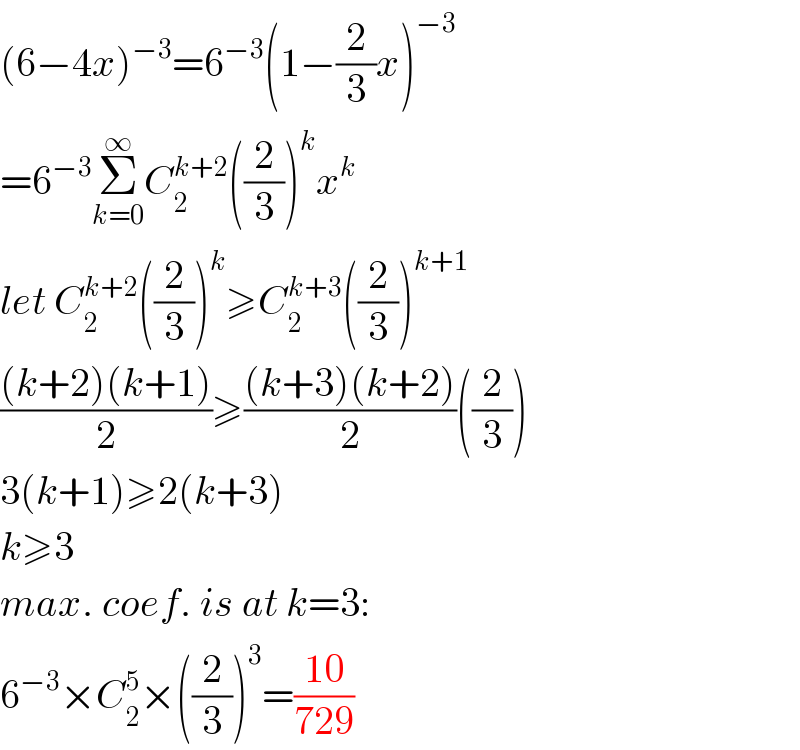
Commented by aurpeyz last updated on 16/Sep/20

Commented by mr W last updated on 16/Sep/20

Commented by mr W last updated on 16/Sep/20
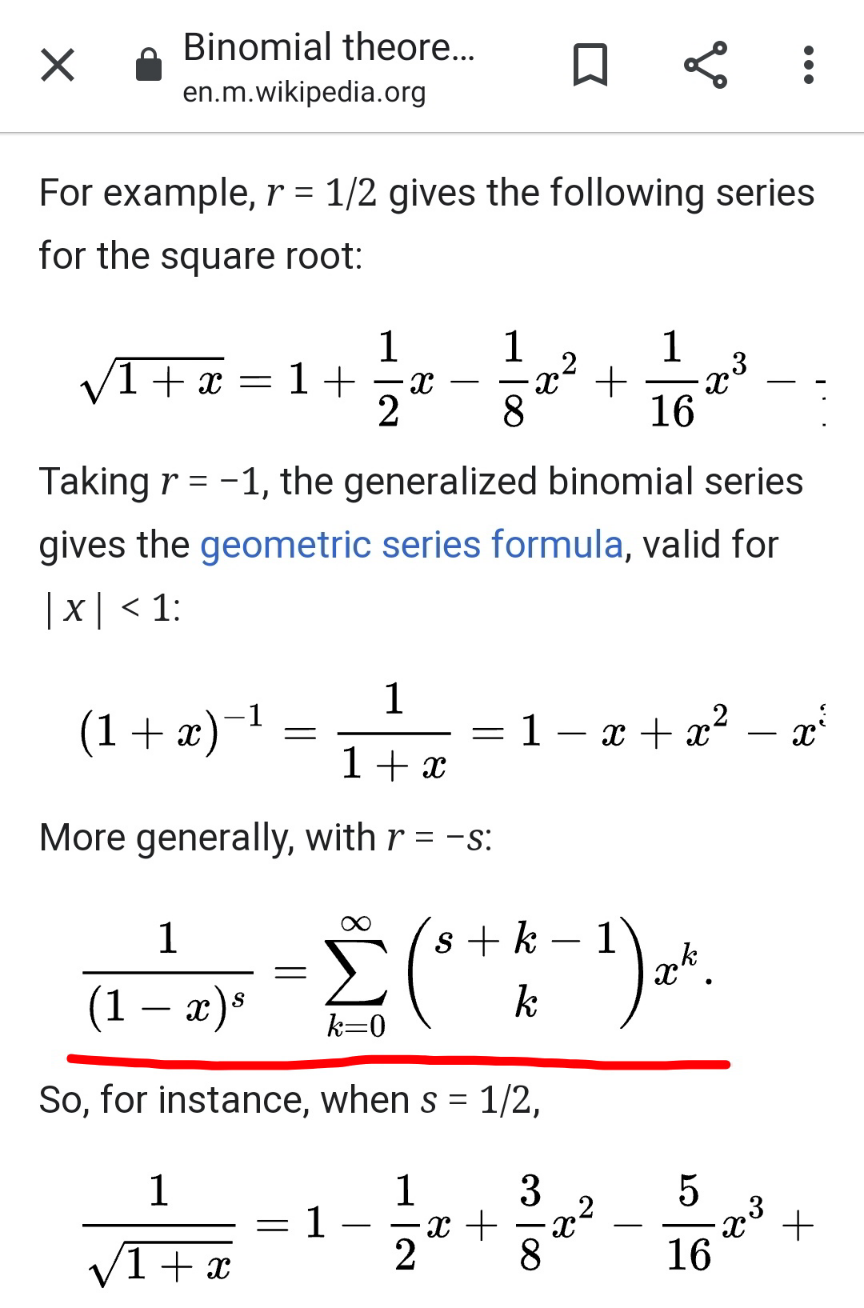
Commented by mr W last updated on 16/Sep/20
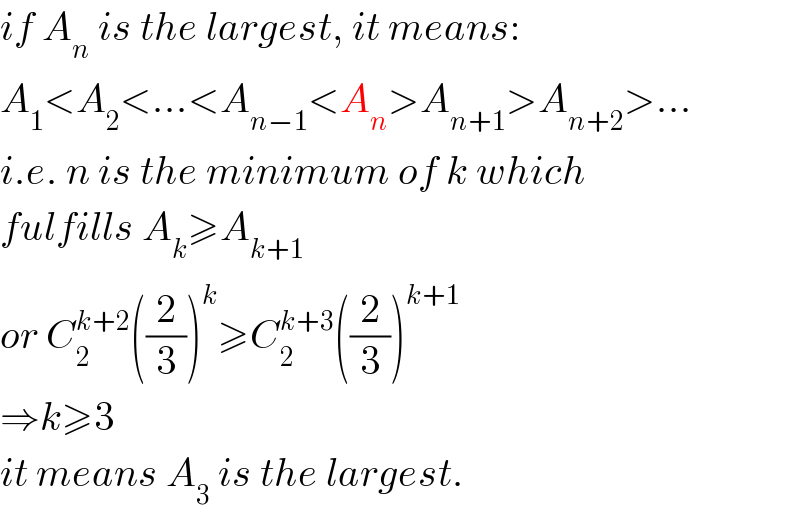
Commented by aurpeyz last updated on 16/Sep/20
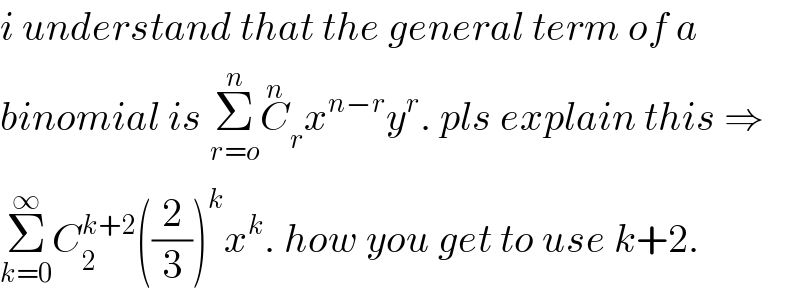
Commented by aurpeyz last updated on 16/Sep/20

Commented by mr W last updated on 16/Sep/20

Commented by aurpeyz last updated on 16/Sep/20
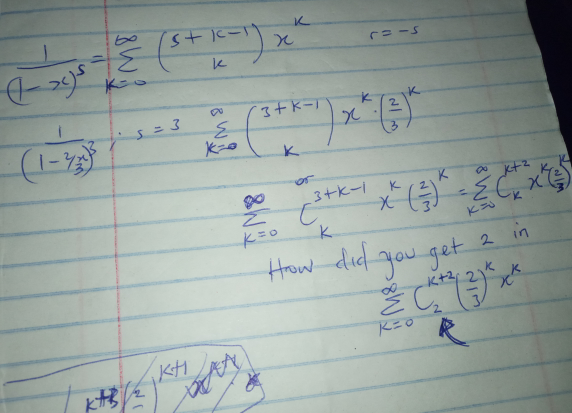
Commented by mr W last updated on 16/Sep/20

Commented by aurpeyz last updated on 16/Sep/20

